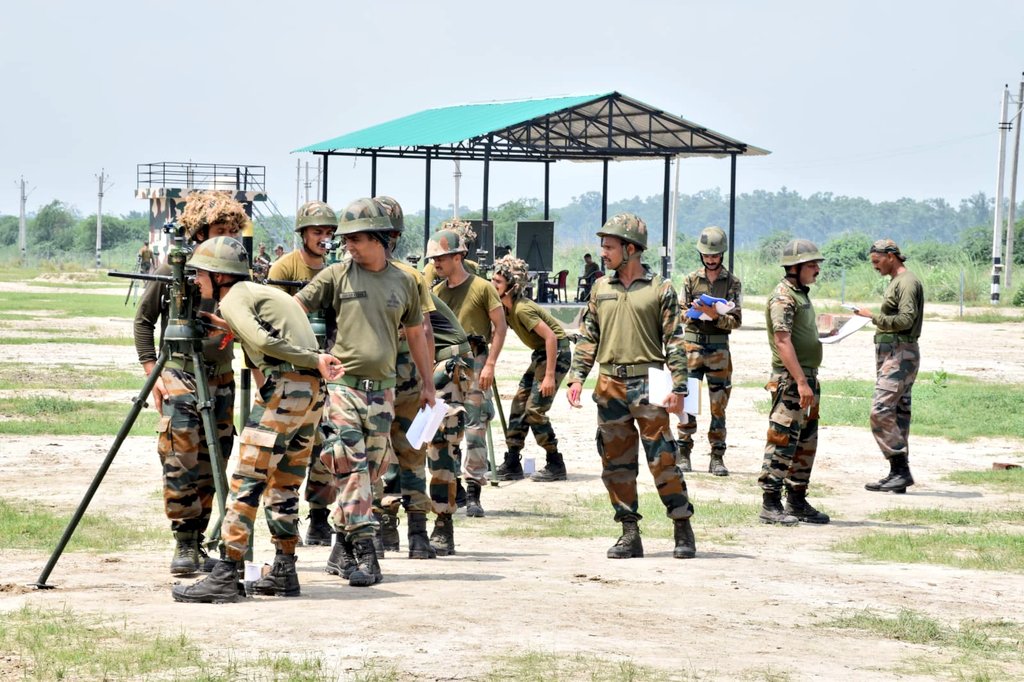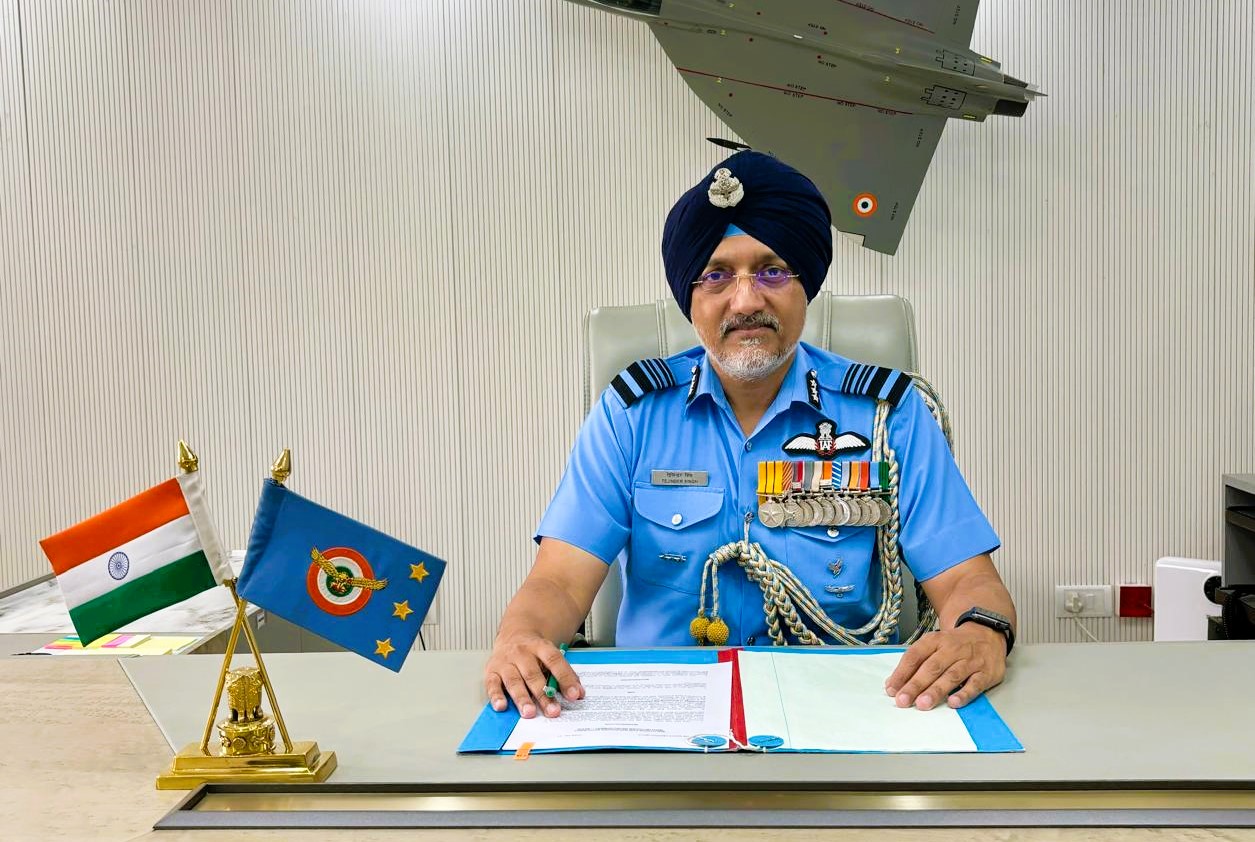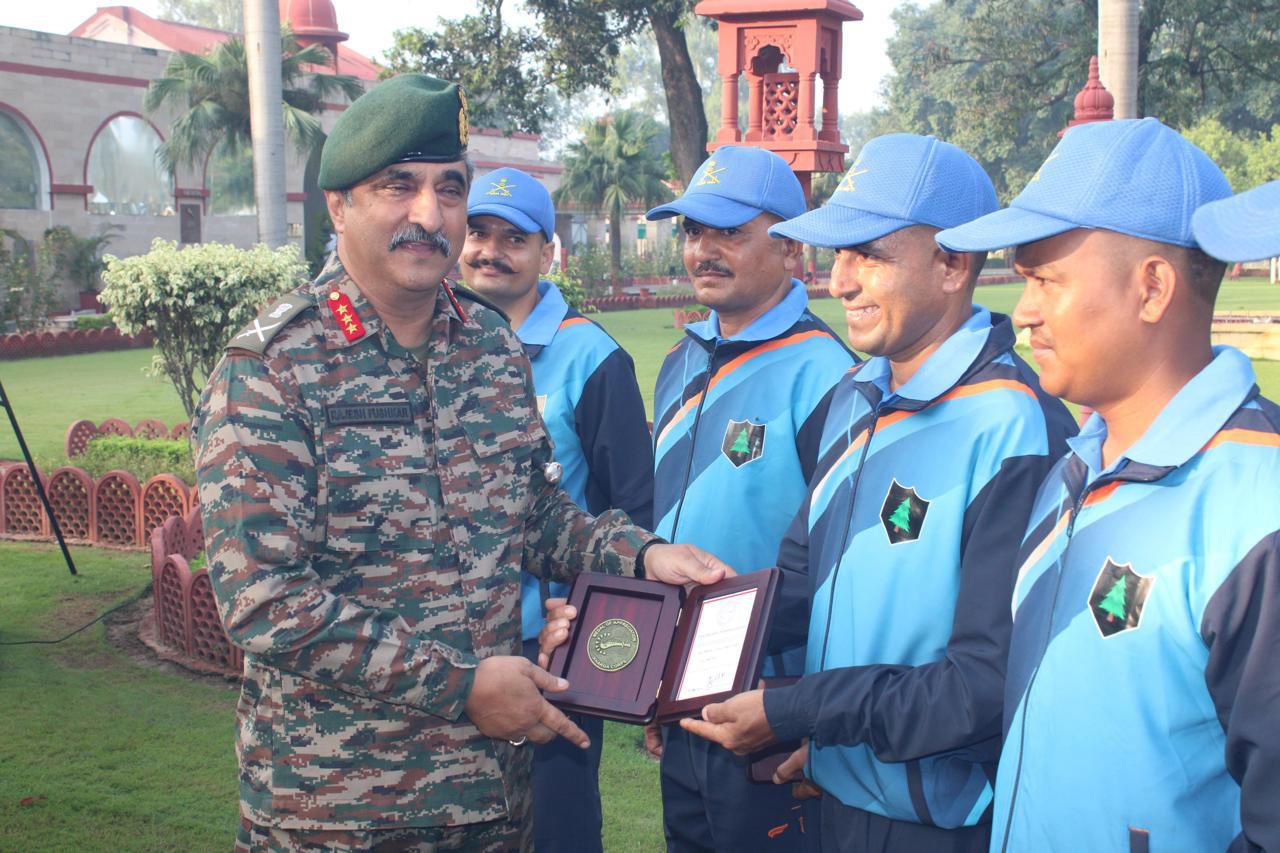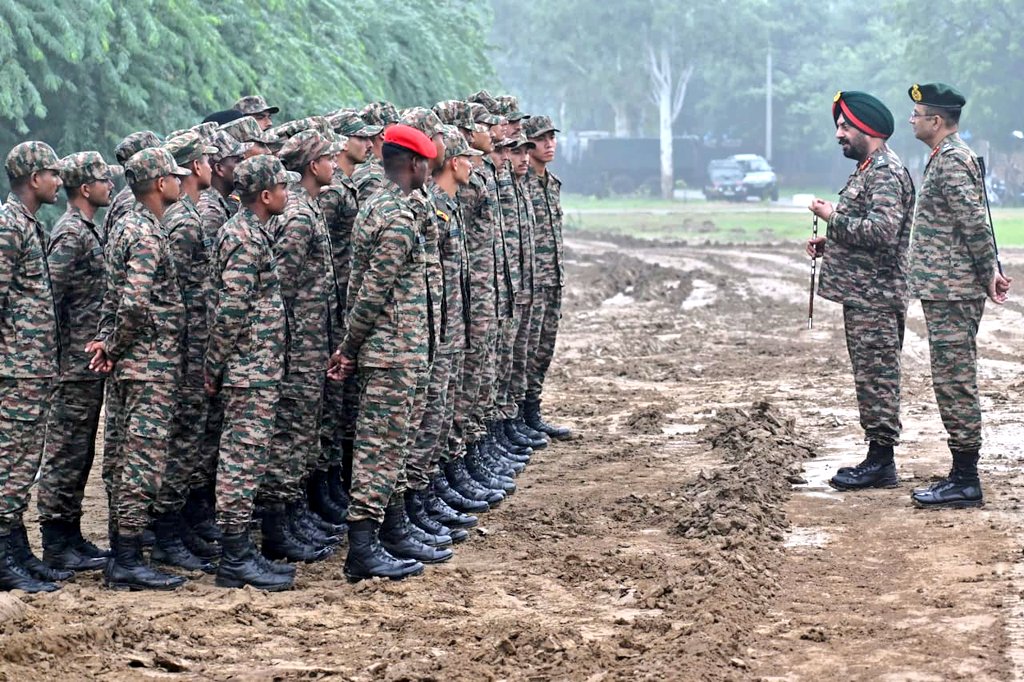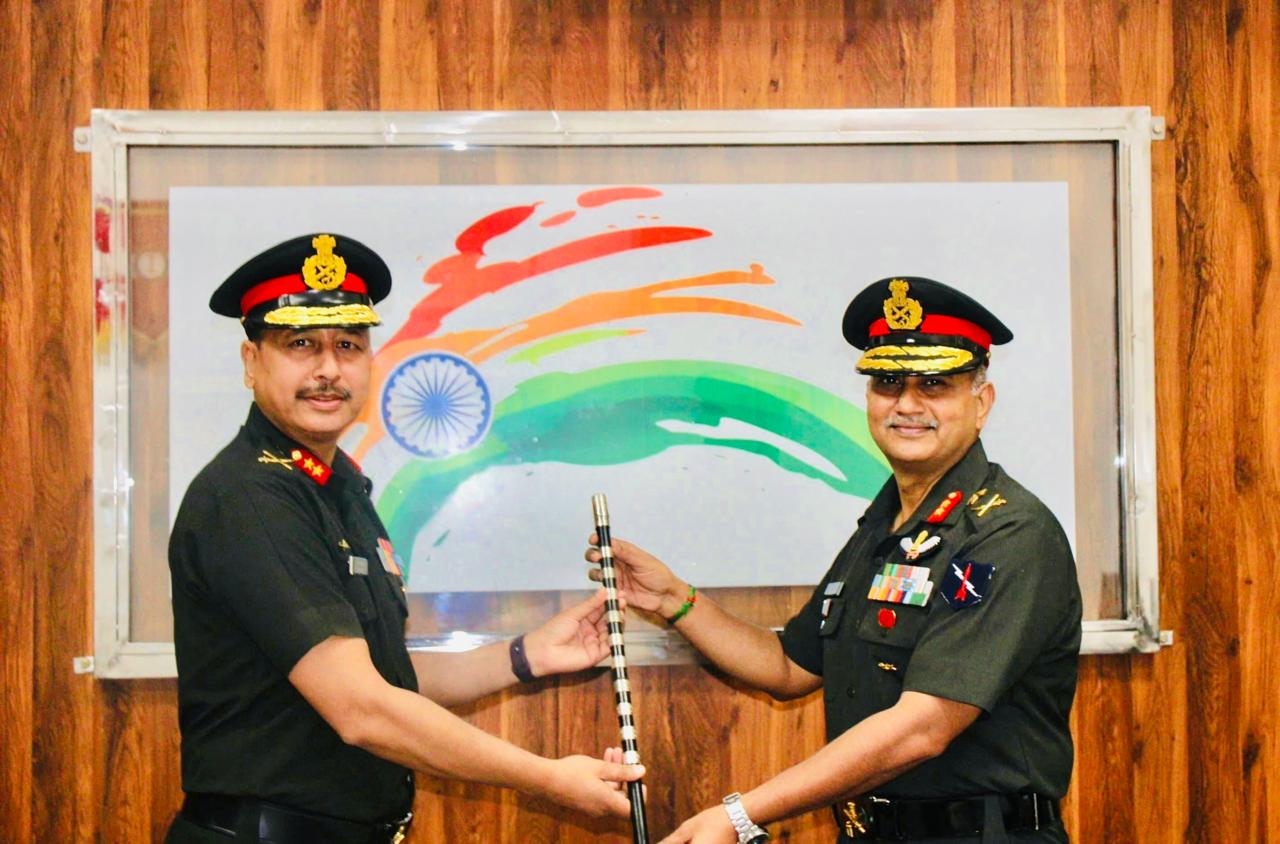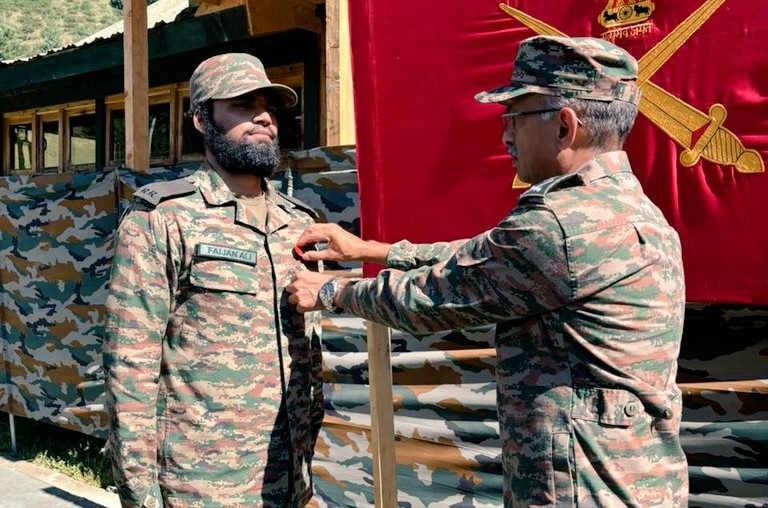Dot On Target Gunners Validate Combat Readiness with Rigorous Training Exercises
In a display of high professionalism and mission readiness, the Dot On Target Gunners, part of the prestigious Sapta Shakti…
Air Marshal Tejinder Singh Appointed as Deputy Chief of the Air Staff
Air Marshal Tejinder Singh has officially taken over as the Deputy Chief of the Air Staff (DCAS) at Air Headquarters,…
Kharga Corps’ Pin Parvati Trekking Expedition Team Celebrated for Remarkable Achievement at Ambala Cantt
In a ceremonial flag-in event, the General Officer Commanding (GOC) of Kharga Corps honored the Pin Parvati Trekking Expedition Team…
Lt Gen Manjinder Singh Visits DOT Division, Motivates New Agniveers in Training
In a significant visit to the DOT Division, Lieutenant General Manjinder Singh, Army Commander of the Sapta Shakti Command, observed…
Maj Gen DP Singh Assumes Command of Strategic Strikers, 1 Corps
In a significant leadership transition, Major General DP Singh has officially taken command of the Strategic Strikers, also known as…
Lt Gen MV Suchindra Kumar Reviews Security and Operations at Chinar Corps
Lieutenant General MV Suchindra Kumar, the Army Commander of Northern Command, conducted a comprehensive review of the security situation and…

